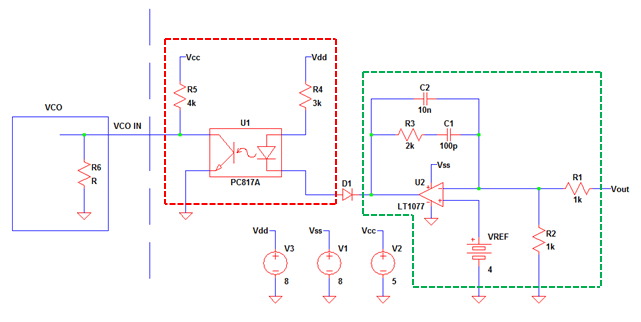SMPS Feedback Loop Design Guide: Ensuring Stable Power for Your Projects

When building projects with power supply units, one common issue you might face is instability or poor performance due to improper feedback loop design in Switch-Mode Power Supplies (SMPS). In simple terms, the feedback loop ensures that the output voltage of your SMPS remains steady, no matter the changes in load or input voltage. If this loop isn’t correctly designed, your power supply might output fluctuating or incorrect voltages.
The Problem :
A poorly tuned feedback loop can cause voltage dips or spikes, which are dangerous for sensitive electronic components. The fix is to ensure that your feedback loop components—like resistors, capacitors, and op-amps—are correctly selected and configured. A good starting point is to use a high-gain error amplifier in the feedback loop and carefully choose the compensation components to ensure stability.
Practical Example :
Imagine you’re powering a microcontroller-based project. If the feedback loop isn’t correctly set, your microcontroller might experience voltage dips during high-load conditions, causing it to reset or malfunction. By properly tuning the feedback loop using appropriate resistors and capacitors, you can ensure that the voltage supplied remains stable, even when your circuit draws more current.
Sample Calculation :
For a feedback loop, let’s say you choose resistors R1 = 10kΩ and R2 = 2kΩ.
The feedback voltage gain will be:
Gain = 1 + (R1 / R2) = 1 + (10kΩ / 2kΩ) = 6.
This ensures that the error amplifier properly adjusts the output to maintain a steady voltage.
Shop Now at SmartXProKits
If you’re looking for high-quality, locally sourced components, check out flux and MOSFET options, perfect for your SMPS projects.
Support our work and India’s innovation—buy from our Make in India site!




















